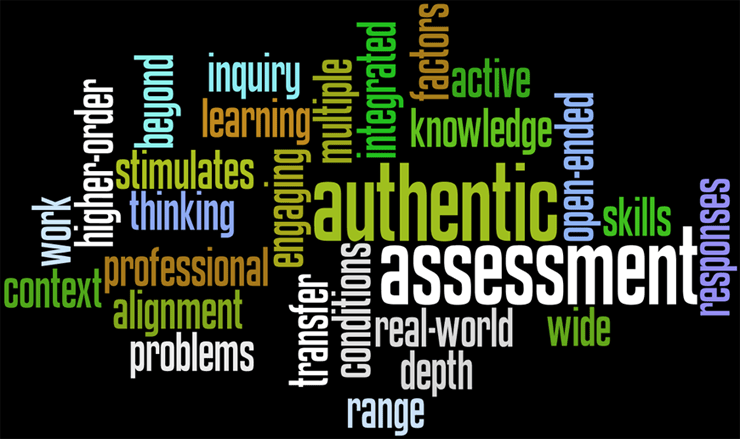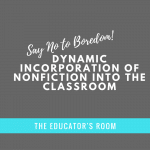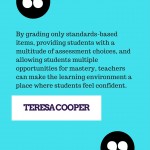[fusion_builder_container hundred_percent=”yes” overflow=”visible”][fusion_builder_row][fusion_builder_column type=”1_1″ background_position=”left top” background_color=”” border_size=”” border_color=”” border_style=”solid” spacing=”yes” background_image=”” background_repeat=”no-repeat” padding=”” margin_top=”0px” margin_bottom=”0px” class=”” id=”” animation_type=”” animation_speed=”0.3″ animation_direction=”left” hide_on_mobile=”no” center_content=”no” min_height=”none”]
We’ve all seen those long lists of activities to give a class as an alternative assessment. You read through the list, for example on a site like TeachHub, you pick out a couple that you think your class can do, and ignore the rest. I used to do this also. Then, one year, another teacher in my grade level and I looked again at one of those lists. It was at her prompting, I will admit. We decided to tackle it as culminating projects for our second graders. Once we figured out the steps to make it work, it became the way we taught. Our grade level used these assessments seven or eight times a year.
I was amazed each time we used the alternative assessments in class. Not just the quality of the work but the choices some children made. The more often we did it, the more experimental my students became. There was the boy who rarely spoke, who wrote a song about a president he was studying and sang it for the class. My girl who struggled with basic addition created math word problems about whales. Granted it was all single-digit addition but she used vocabulary such as pods and migration. One SPED student, smilingly, handed me a huge pile of work. He had decided to do every possible item on the list. He was about quantity not quality, so the SPED teacher and I encouraged him to polish up his favorite choices.
Here are some strategies that help make alternative assessments a valid assessment tool in my classroom.
1. Look at your goals and determine which you expect the student to demonstrate. Pick potential projects that lend themselves to those goals. Your administrator will be more accepting of your assessment, if you do this.
2. Start small. Begin the year with only three or four choices. Add a few more suggestions each time you use this form of assessment.
3. Write a simple rubric for each choice. I find it easiest to write the ideal, the “A” project, first. I select only four components for each grade. I can then make completing three components a “B,” and two a “C.” Often, the “A” for one choice has the same requirements as other choices. For example, a writing a song or creating a poster about the rain forest both might require a facts about each layer of the forest. I posted the rubrics where the class could see them and I sent kids to look at them often.
Note: If you want neatness to count, then it needs to be part of your rubric. No fair dinging a student for sloppy work if you were not clear about it.
4. Practice and model the items on your list. This is one reason to start small. This can be done whole group or in guided reading groups if appropriate.
5. Let the class know your expectations for behavior while working and clean up from the beginning. It helps them be independent. I was always able to work with guided reading groups while the rest of the class was busy on their projects.
6. Not all choices are equal. Three math problems do not equal a poster. Projects could be worth 25, 50, or 100 points. Each student had to turn in work to equal 100 points. My second graders loved keeping track of the math.
7. Check in daily with your children who need a little push. Help them starategize how to finish on time. If there were extra adults such as tutors or a student teacher, I gave them one or two of the stragglers to help. They often just needed someone to help them focus and problem solve.
8. Plan what to do with the kids who finish early. There are always a few who turn in a beautiful project before most of the class has figured out where to begin. I gave them choices of what to do. I let them create a bulletin board, work with a partner to do another project, or let them research a question they were curious about. Some students like being coaches for classmates who needed help. This was always a choice they made and never assigned.
9. This was always class work. I rarely sent it as homework. I wanted to know the children were doing their own work.
When the projects were done, we showed off. Students loved explaining what they had created; reading reports or poems, signing songs, or having classmates solve math story problems. One early finisher always wrote invitations to the principal and assistant principal to come and look at what we had done. We happily showed off to our seventh grade class-buddies. Sometimes, we visited other second grades to see what work they had done, and then, they visited us. The students paid close attention to how other children had done the same choice. They scrutinized project choices they had avoided because they uncertain how to do it. This built confidence in what was possible.
What was possible was simply astonishing.[/fusion_builder_column][/fusion_builder_row][/fusion_builder_container]






Great article Lee-Ann! Differentiating instruction with alternative assessments is a cool way instead of the traditional “pen and paper” test.